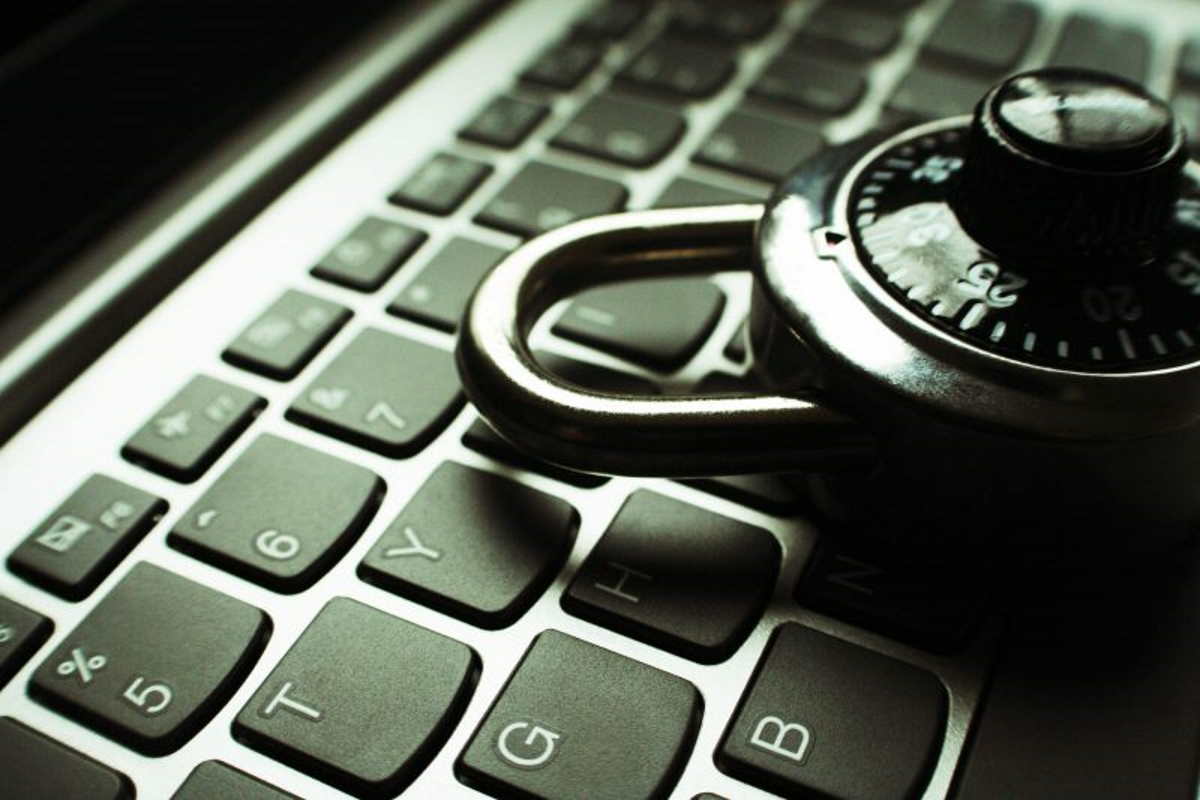The significance of data backups cannot be overemphasized; indeed, in the labyrinth of cybersecurity, threats loom large, and breaches are a constant concern. As organizations navigate the digital terrain, safeguarding their valuable data is paramount in ensuring operational continuity and resilience against nefarious actors. This article delves into the crucial role that data backups play in various aspects of cybersecurity, from basic concepts to creating reliable backup strategies.

What Is Data Backup?
A data backup is a secondary version of important information stored elsewhere than where you keep your primary files. In short, this redundancy is something of an insurance policy. If, by some chance, the initial data is destroyed or disappears, the organization can still recover and restore it from backups. This time lag after the image is captured effectively reduces the risk of data deletion through hacker attacks confronted with outside power.
Data Backup Strategies
For data backup strategies, several key elements should be included:
- Regular Backup Schedule: It’s vital to set a consistent timetable for backups. Whether daily, weekly, or monthly, these schedules ensure that the newest data is always available when tragedy strikes and begins to resonate in people’s lives in real ways.
- Offsite Storage: Keeping up your backups in some other location adds an extra layer of protection. If there is any physical harm at the site of primary data storage–like a fire or flood–the offsite backups will still be unscathed and available.
- Encryption: By encrypting backup data, it greatly improves security. The information is no longer readable by unlicensed users in this manner. This not only protects confidential data but also ensures compliance with privacy regulations.
Why Data Loss Occurs
For a proper backup strategy, it’s important to understand the causes of data loss. Data Loss could happen due to certain factors, as below:
- Cyberattacks: A wide range of tricks, including ransomware and malware, are being used by bad guys to violate the integrity and availability of data.
- Human Error: Data loss caused by errors such as accidental deletion, incorrect operation of data handling procedures, or misconfigured parameters.
- Hardware Failure: If backup procedures fall at this point, then any hiatus in terms of protecting these physical components will mean the loss of data.
- Natural Disasters: Data centers could suffer physical damage following natural disasters like floods. As a result, the collapse data itself cannot be retrieved.
Why Data Backups Are Important
Data backups have an important role to play in cybersecurity:
- Mitigate Downtime: When there is a cyber-attack or system error, data can be quickly restored from backups, keeping operational downtime to a minimum and ensuring vital continuity of business.
- Protect Against Ransomware: As we see ransomware attacks increasing all around us, secure backups empower organizations to retrieve data free from extortion pressure.
- Preserve Reputation: A data leak can hit an organization’s reputation with the unpleasant fact that customers are less willing to trust it. Through backup data, organizations show that they stand firmly behind their commitment to data protection and reliability.

Types of Data Backup
There are many different types of data backup, each offering its advantages:
- Full Backup: This form takes a complete copy of the data, providing wide coverage but requiring large amounts of store space and time for backup and restoration.
- Incremental Backup: Only data that is different from the last backup is copied, thus saving on memory usage and backup time. However, restoration may be slower because you need multiple sets of backups.
- Differential Backup: Similar to incremental backup, every backup captures all changes since the last time a full backup was made. This simplifies restoration to just a full backup and the very latest differential backup.
When to Backup Your Data
There are three factors to keep in mind when deciding when the time is right for data backups. These are data volatility, business needs, and relevant laws and regulations. However, it is advisable to backup data:
- Regularly: Set up a recurrent backup plan that delivers recent information to recovery all the time.
- Before Significant Changes: Before system updates, software installations, or configuration changes, doing a backup in case the unanticipated should occur could lead to data loss and take even longer than the usual five hours for recovery by out-of-date tapes of backed-up data.
- During Maintenance Windows: When you are doing maintenance work or upgrading the system, take a backup of your essential data to make sure that unexpected problems are not encountered.
Different Methods of Backing Up Your Data
Cloud backups are a popular method for organizations to securely store and access data from anywhere with an internet connection. They offer scalability and accessibility, allowing organizations to expand storage capacity and access data from anywhere. Automated backups ensure data protection without human intervention, freeing up resources for other tasks. However, organizations must carefully evaluate cloud backup providers to ensure data sovereignty, security, and compliance.
On-premises backups, on the other hand, involve data being backed up to local storage devices or servers within an organization’s infrastructure. This approach provides greater control over data management and security, especially for those with stringent regulatory obligations or data sovereignty concerns. On-premises backup solutions can be seamlessly integrated with existing infrastructure and security protocols, ensuring compatibility and minimizing disruption to workflows. However, organizations must invest in robust hardware and a comprehensive backup and recovery plan to mitigate the risk of data loss.
Taking Action
You must be hands-on to conduct a comprehensive backup plan with the highest reliability.
- Assess Risk: Identify any potential threats or vulnerabilities that may put the integrity or availability of data at risk.
- Select Backup Solutions: Select backup solutions that are suitable for the organization, considering factors such as data volumes, expansibility, and safety requirements.
- Test Backups: Test backup processes and recovery procedures to ensure reliability and effectiveness.
- Educate Personnel: Educate personnel about which practices to employ in data rollback situations; Explain the necessity for maintaining secure backups as part of teaching staff how they might keep their data integrity.
Conclusion
Data backups serve as the cornerstone of resilience and continuity, no matter what form these may take. Understanding data backups, identifying the reasons for data loss, and having strong backup strategies allow organizations to strengthen their defenses against cyber threats and protect their most valuable data. Taking a proactive stance on data protection through backing up enables organizations to move forward in the digital age with confidence and strength.